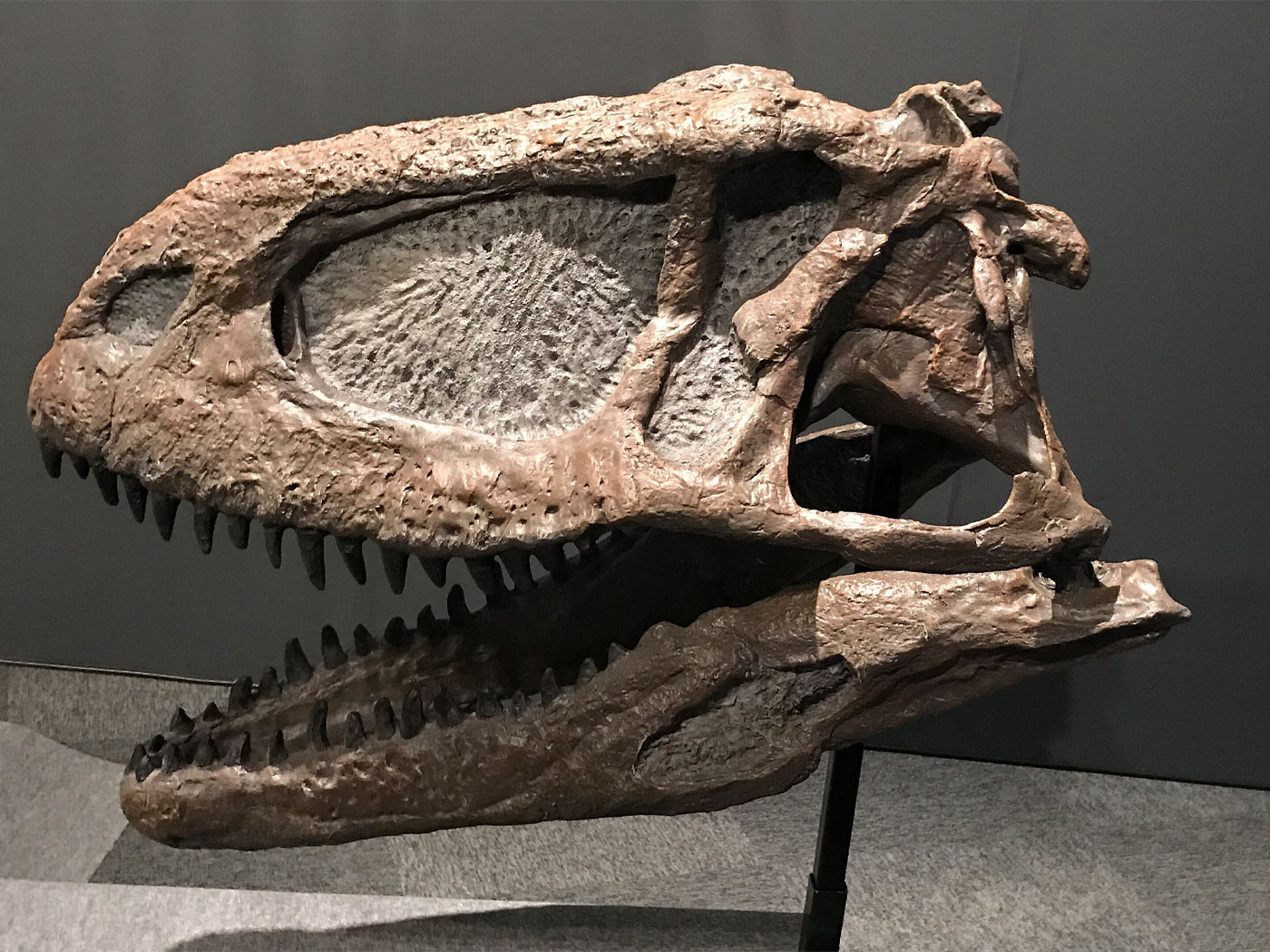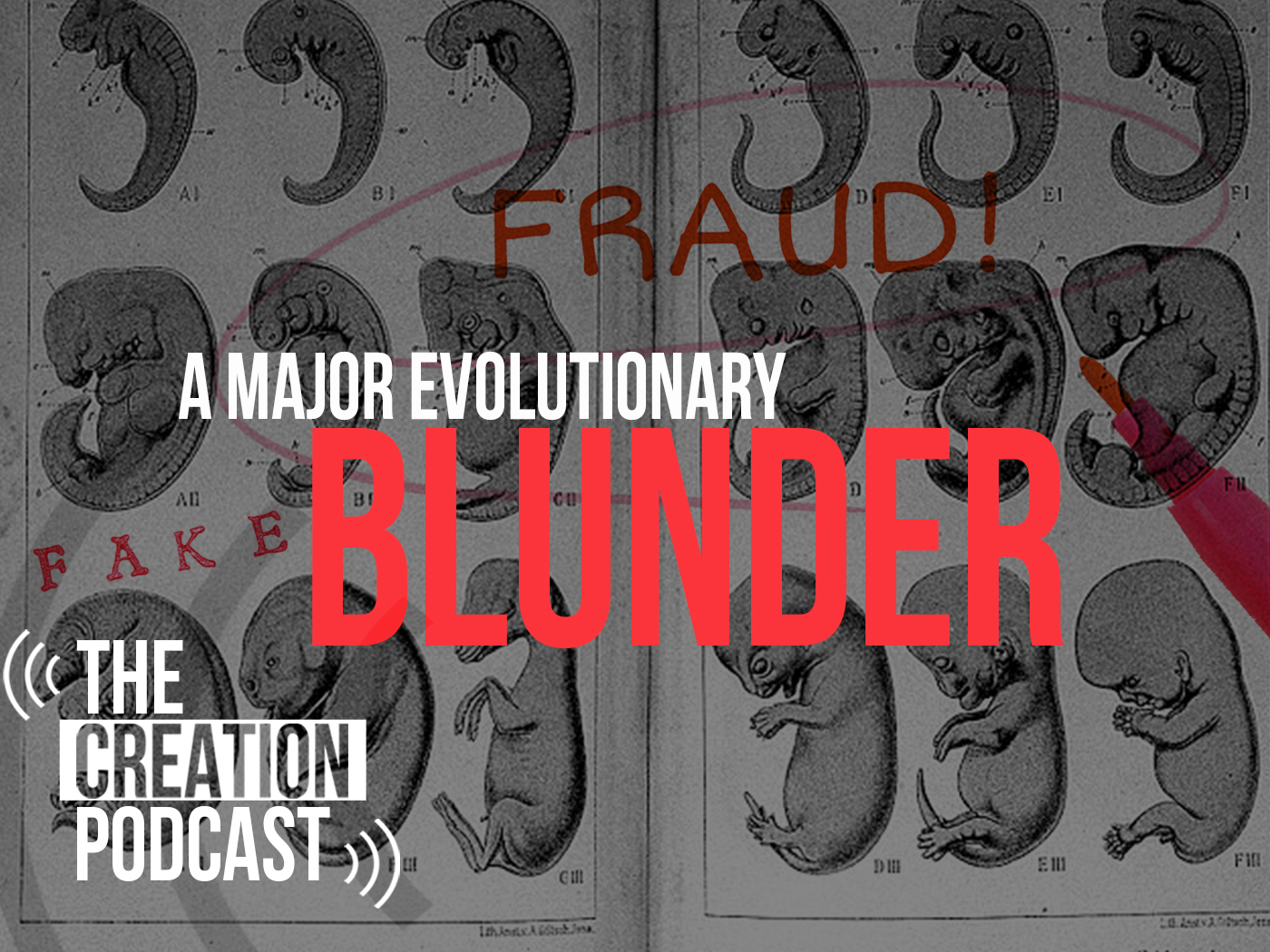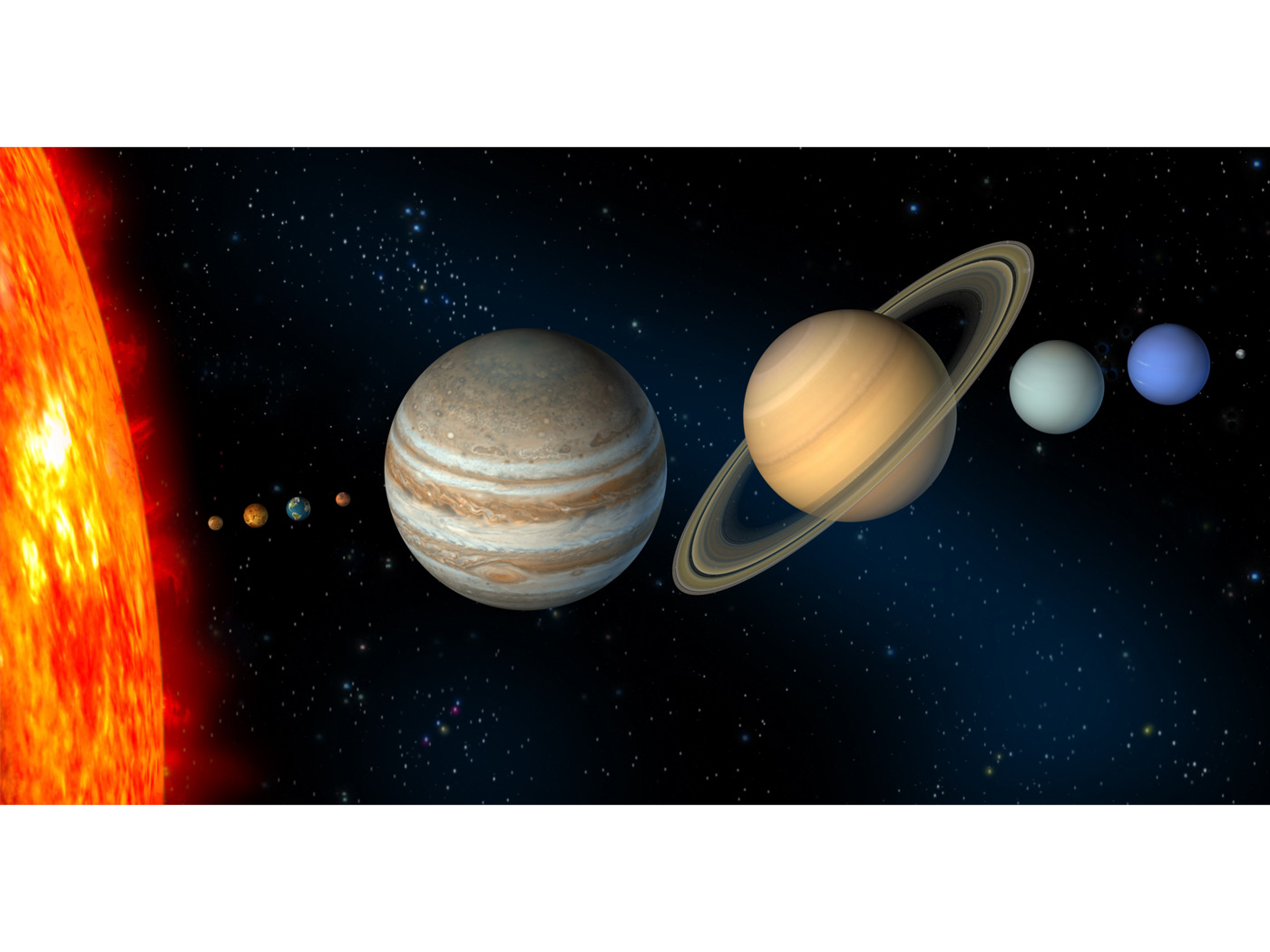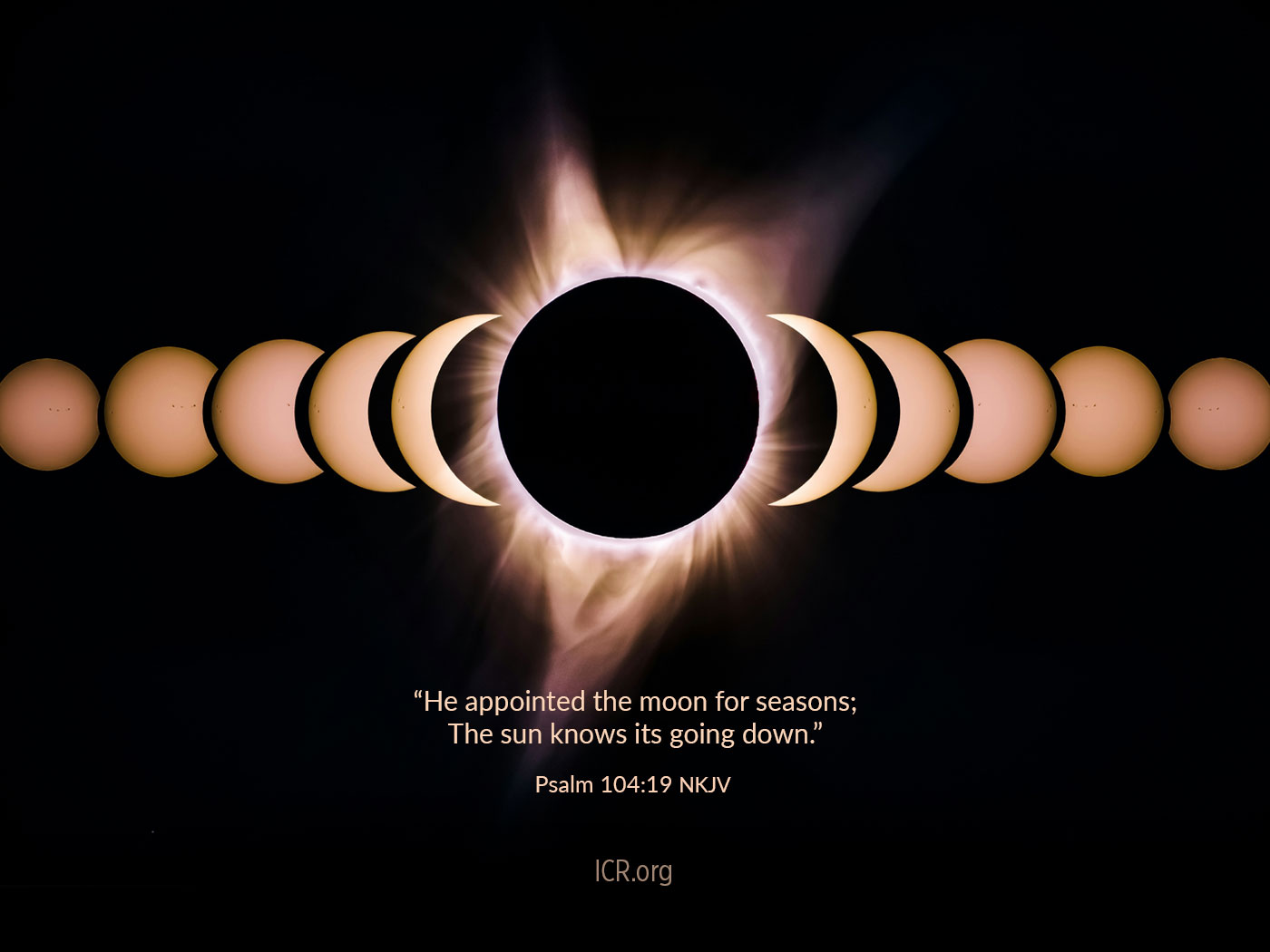In Answers Research Journal 4 (2011): 233-234
To provide a fresh and less-biased global set of analyses, large-scale comparative DNA sequence alignments between the chimpanzee and human genomes were performed with the BLASTN algorithm. One group of experiments was conducted with query and subject low-complexity sequence masking enabled while the second set had masking parameters disabled. Each group of sub-experiments tested fifteen combinations of three different word sizes (7, 11, and 15) and five different e-values (1000, 10, 0.1, 0.001, and 0.00001) for a total of 1.2 million attempted genome-wide alignments. Individual BLASTN query jobs each involved a data set of 40,000 chimpanzee whole genome shotgun sequences (WGSS) obtained from the National Center for Biotechnology (NCBI) and queried against four different human genome assemblies (GRCH37, GRCH36, Alternate SNP Assembly, and the Celera Assembly).
The use of low complexity sequence masking had the effect of decreasing computational time about 5–6 fold, lengthening the alignments slightly, lowering the number of database hits, and lowering the percent nucleotide identity slightly. Depending on the BLASTN parameter combination, average sequence identity for the 30 separate experiments between human and chimp varied between 86 and 89%. The average chimp query sequence length was 740 bases and depending on the BLASTN parameter combination, average alignment length varied between 121 and 191 bases.
The chimp sequences were subsequently implicated by personal correspondence with NCBI staff and supporting data from this study to be pre-screened for some level of homology to the human genome. Nevertheless, excluding data for the large amount of chimp sequence that did not align, a very conservative estimate of human-chimp DNA similarity genome-wide is 86–89%. Results from this study unequivocally indicate that the human and chimpanzee genomes are at least 10–12% less identical than is commonly claimed. These results are more clearly in line with the large anatomical and behavioral differences observed between human and chimp.
Click here to read the full article text.


















